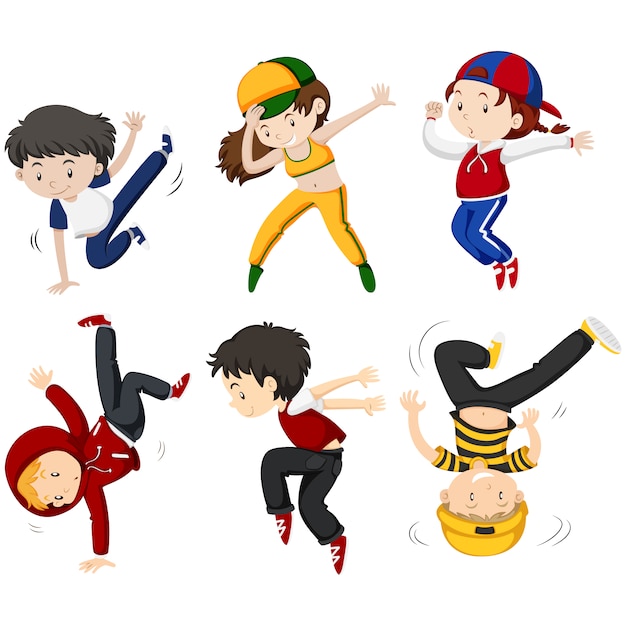(Originally published 12th August 2013)
In reviewing books I’ve once again come across the 80/20 concept, also known as the Parento principle.
The 80/20 principle is the idea that 80% of your results come from 20% of your efforts.
Vilfredo Pareto, noted economist and sociologist, best known for his law of income distribution, gave birth to the Pareto’s Law or the 80/20 rule. Pareto was one of the first people to analyze economic problems using mathematics. In the late 1800s, he observed that 80 percent of the land in Italy was owned by 20 percent of the population. While gardening, he later observed that 20 percent of the peapods in his garden yielded 80 percent of the peas that were harvested. And thus was born the universally accepted 80/20 rule.
Source: http://www.80-20presentationrule.com/whatisrule.html
Though originating from economics, the 80/20 rule was reinterpreted notably in 1997 by Richard Koch (from its business and economic focus) to other areas such as “time revolution” and personal happiness.
“[successful people]…spend time creatively on the few essentials and little to no time on the massive trivia that engulfs all of us, most of the time. Most life, especially most business life, is trivia. Don’t work to deal with the trivia, work to avoid the trivia.
Save yourself the one or two things each week that are really important in terms of getting results. Spend time deciding what those things are. Then work out how to deal with them. Then spend time considering and reconsidering and preparing, and then go and get to what you want.
Because, ladies and gentleman, few things really matter. But – they matter a tremendous amount. These things that really matter are often difficult to find – but once you find the few things that really matter they give you tremendous power. The power that gives you more from less. The power of the 80/20 principle.” This power lies in the one phrase:
“Finding the vital few in the trivial many.”
The 80/20 principle literally has no limits to where it can be applied. Doing some searches on Google even yielded this: The 80 20 Rule in Relationships and Your Love Life. I scanned through it and though I was skeptical at first (still am a little, really) it does make sense that sometimes 80% of frustration can come from 20% of the problems…okay yeah, I’m still not entirely convinced because it still smells of shallow writing and bullshit. I have no doubt that the 10 highlighted external articles on relationships with titles such as “How to stay in love forever” and “Things to talk about to create a perfect relationship” turned me off, even if I was skimming.
At one point I came to realise that it’s essentially a more specific version of “Work Harder, Not Smarter” – specific more in the sense of the ratio being indicative of where one’s efforts should be centred. As a result I’ve been thinking about how this applies to other aspects of my lifestyle, but I guess most specifically -unsurprisingly- on training dance. We all know that one person who we see trying hard – consistent, but never really seeming to improving at a proper pace. Chances are we’ve felt the same frustration ourselves (this being anything and everything, obviously) at one point or another – we feel like we’re giving a fair go and nothing just seems to be working.
The key isn’t only to work hard, but to work smarter. The hard thing to do at this point is obviously finding the right 20% to centre our efforts on. This, of course, isn’t usually immediately obvious – trial and error is one of those ways of discovering that 20% that will yield the most results in the least amount of time. Keeping in mind, that “20%” you choose to focus on will most probably change – factoring in increased success in the results. As you improve and increase your competency in your craft/art/activity, it is only logical to assume that standards will need to be revised according to how fast you are progressing and producing results.





